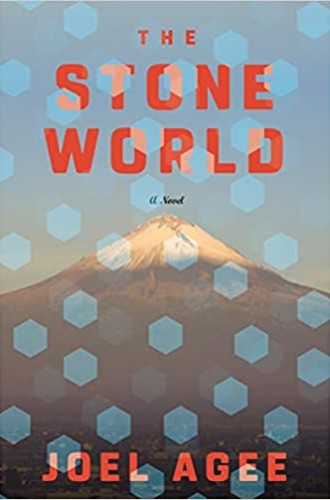Joel Agee’s novel of childhood wonder and terror
Fantastical things surround six-year-olds everywhere.
When I was around six years old, I could fly. Well, it wasn’t so much that I could fly as that I could hover and slowly float around a room. I remember hovering in the air over the couch my parents had against the back wall of our living room, and I remember hovering over the construction toys and model trains in my grandparents’ basement. I never told the grown-ups, perhaps because I wanted to enjoy my short, hovering, childhood flights in privacy.
I don’t share this to brag; I share it because Joel Agee’s newest novel returned this childhood memory to mind. The main character in The Stone World is Peter, a six-year-old boy who can, at times, lie down on the ground and sink into it. When he sinks into it, he can hear the stones. He senses frightful presences. He finds King Arthur’s Excalibur.
Despite the wonderful novelty of Peter’s ability to sink into the ground, half-suspended in the world above and half exploring the world below, The Stone World isn’t so much about fantastical things that are hard for grown-ups to believe as it as about the fantastical things that surround six-year-olds everywhere. Agee’s novel is a work of wonder.





